When most people think of wildlife in Alaska, they picture grizzly bears lumbering through the forest or whales breaching in the ocean. While these animals are certainly present in Alaska, they are not the only ones. There is an incredible diversity of wildlife in Alaska, from land animals and birds to fish and marine mammals. If you’re lucky, you may even get to see a moose or caribou grazing near the road.
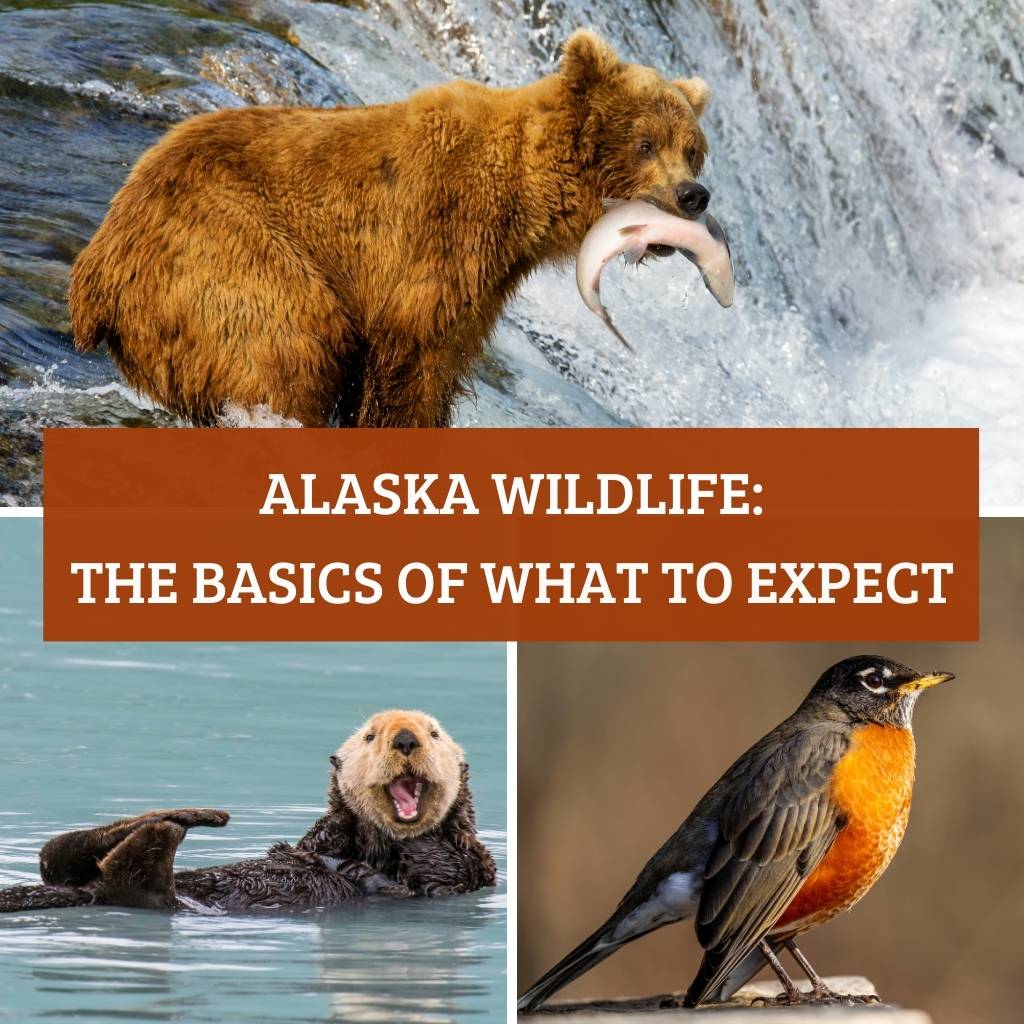
The importance of wildlife to the ecosystem
As a vital part of the Alaskan ecosystem, wildlife performs many crucial functions. For example, predators like grizzly bears and wolves help keep prey populations in check, preventing overpopulation and upsetting the balance. Additionally, wildlife plays an important role in tourism, bringing much-needed revenue to local communities. Wildlife watching is one of the main attractions for visitors to Alaska, and many people come specifically to see animals in their natural habitats.
Animals that live on land, in the water, and birds
There are many different types of wildlife in Alaska, but they can be generally divided into three categories: land animals, water animals, and birds.
Land animals
Land animals in Alaska include grizzly bears, black bears, polar bears, red fox, moose and caribou. You can find these animals mostly in the forests and tundra of the interior. The Alaskan bear is by far one of the most popular land animals, and watching them in their natural habitat is a fascinating experience.
1. Bears
There are three types of bears in Alaska – the grizzly bear, the black bear and the polar bear. Grizzlies can weigh up to 800 pounds and live mainly in the southcentral and Interior regions of Alaska. They eat mostly berries, plants, and fish. Black bears are smaller, weighing up to 400 pounds, and they live all over Alaska. They eat mostly insects, fish, and small mammals. Polar bears are mainly in the Arctic region of Alaska and they weigh up to 1,500 pounds. They eat mostly seals and walruses.
The experience of watching bears in their natural habitat in various parts of Alaska is one of a kind. However, they can be very dangerous if they feel threatened, so keep a safe distance and never touch or feed them.
Book bear watching tours in Alaska
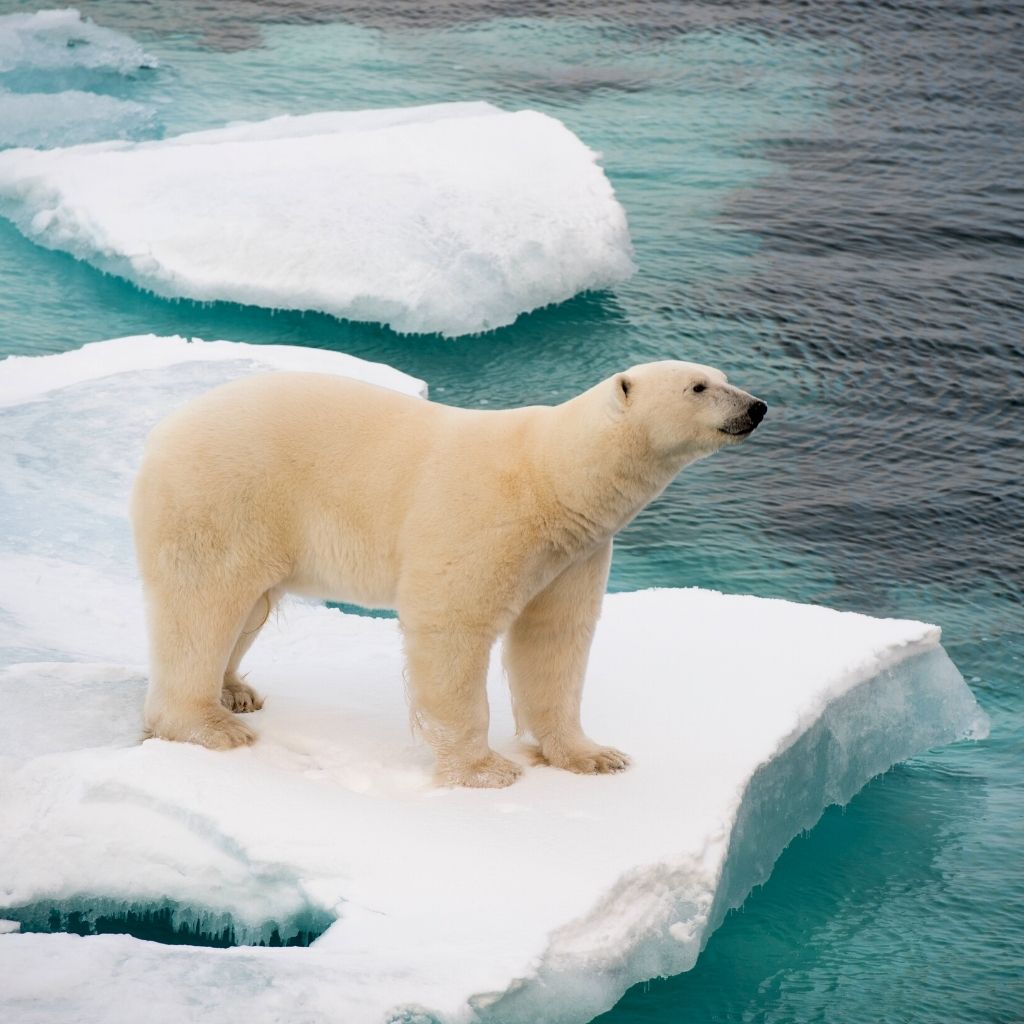
2. Moose
Moose are the largest members of the deer family and can weigh up to 1,000 pounds. They live mainly in the forests of the Interior and Southeast Alaska. They are herbivores and eat mostly plants, but they also eat shoots, leaves, and bark from trees.
There are around 200,000 moose in Alaska. Although they are not endangered, their population has decreased in recent years. This may be due to poaching, habitat destruction, or climate change. You can go moose watching in Alaska at a number of places.
Book guided moose watching tours in Alaska’s national parks
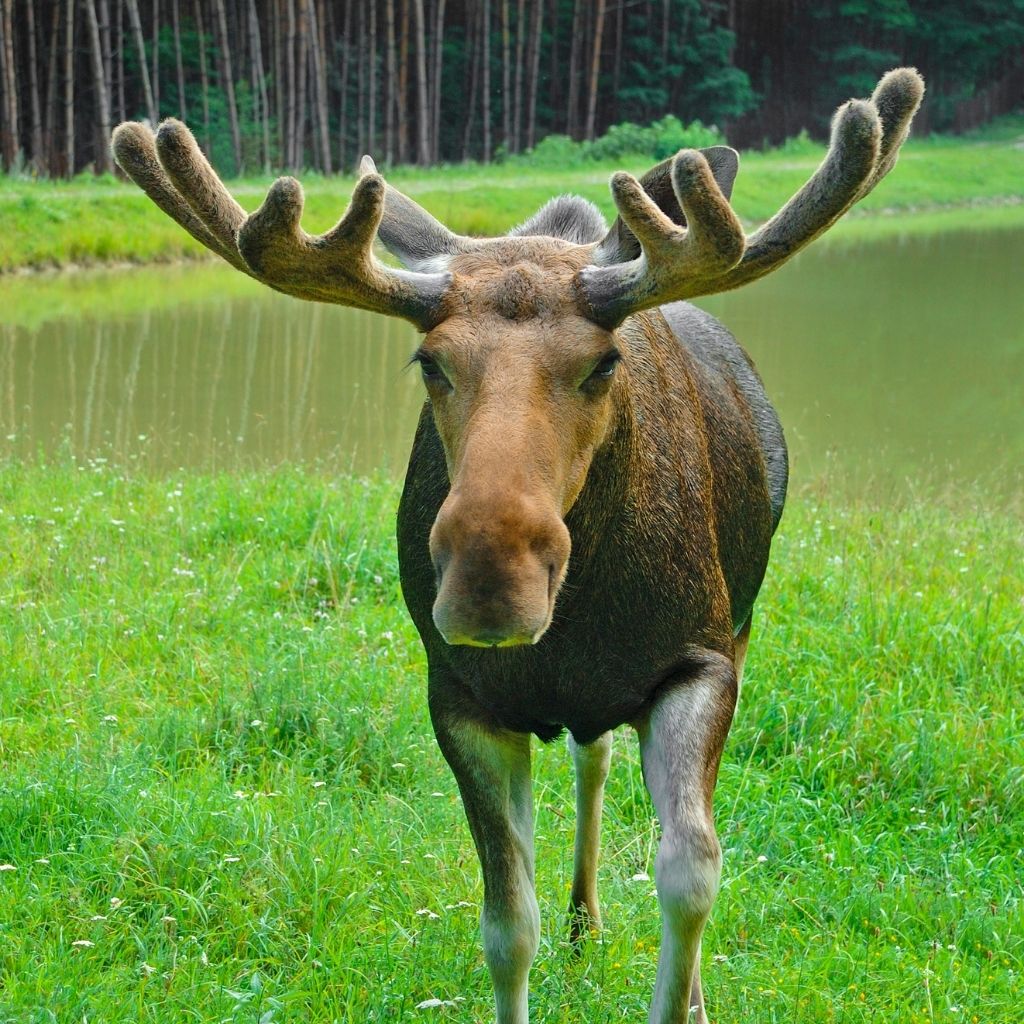
3. Caribou
Caribou are a type of deer that live in Alaska. There are two major subspecies of caribou in Alaska – the tundra caribou and the woodland caribou. Tundra caribou inhabit the Arctic region, and woodland caribou inhabit the interior and the southeast regions.
There are around 800,000 caribou in Alaska, making them the most widely distributed land animal. They outnumber humans in Alaska. Caribou live in a variety of habitats, including forests, tundra, and wetlands. They eat mostly plants. Caribou play a huge role in the Alaskan ecosystem, providing food for predators like wolves and dispersing seeds.
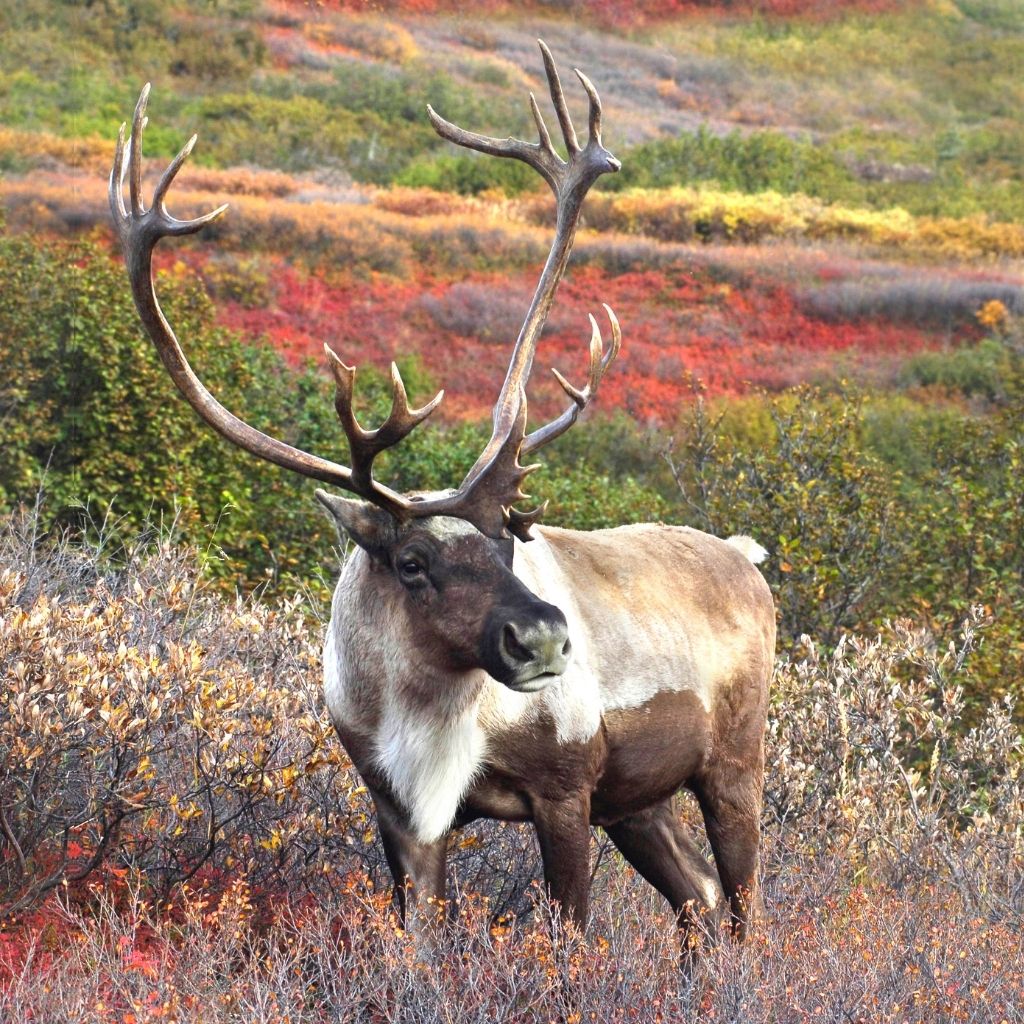
Water animals
Water animals in Alaska include whales, seals, sea lions, and walruses. The ocean and coast are home to these marine mammals. They are popular attractions for wildlife watchers and photographers.
1. Fish
Alaska is home to over 250 species of fish, including salmon, halibut, trout, arctic char, and grayling. Salmon and Halibut are the most famous Alaskan fish and they are a vital part of the state’s economy. There are five different species of salmon that live in Alaska – chinook salmon, coho salmon, pink salmon, sockeye salmon, and chum salmon. Fishing is one of the exciting things to do in Alaska.
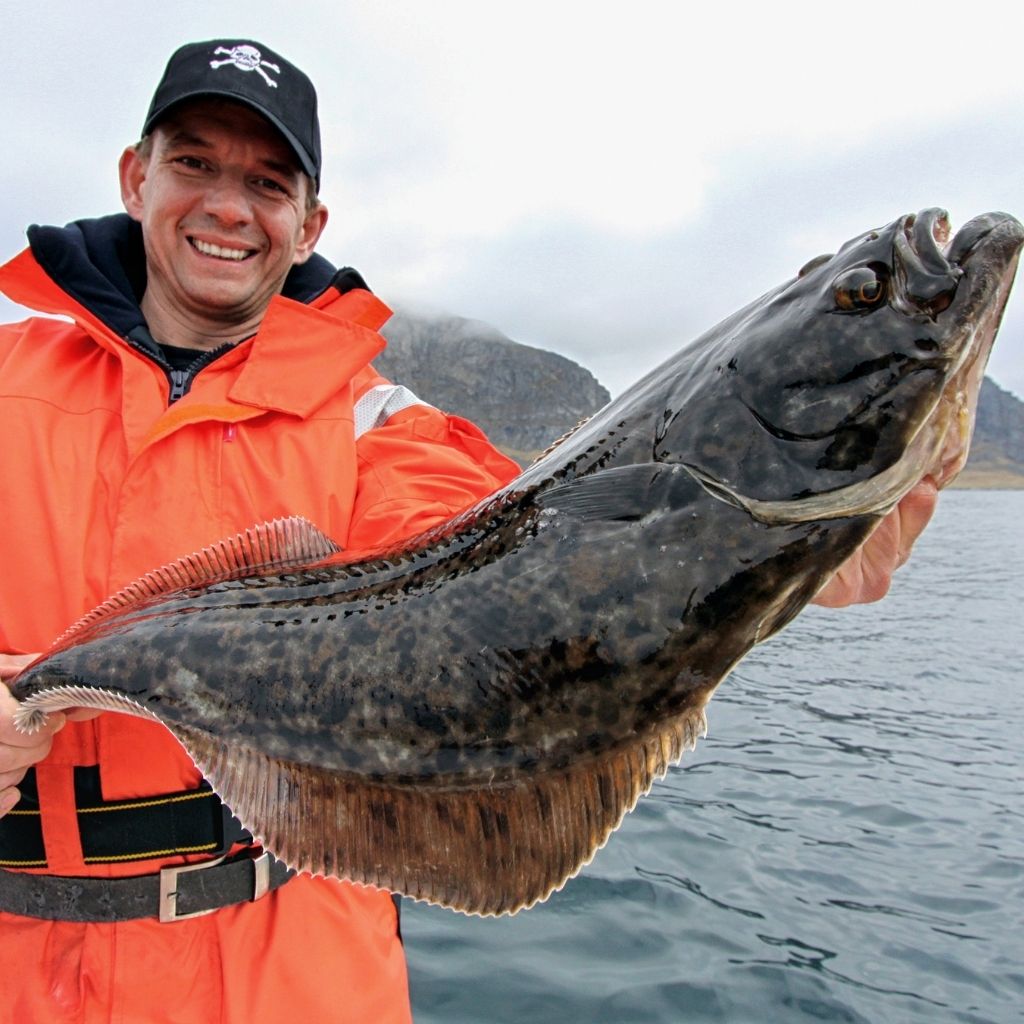
2. Whale
Watching whales is one of Alaska’s most popular activities. The state’s waters are home to different species of whales, including humpback whales, gray whales, and beluga whales.
Some whales, like the humpback whale, migrate to Alaska each summer to feed on krill and herring. They can be seen near the coastlines and in the open ocean. Other whales, like the beluga whale, live in Alaska year-round. The Arctic Ocean and coastal areas are home to these creatures.
Book whale watching tours in Alaska
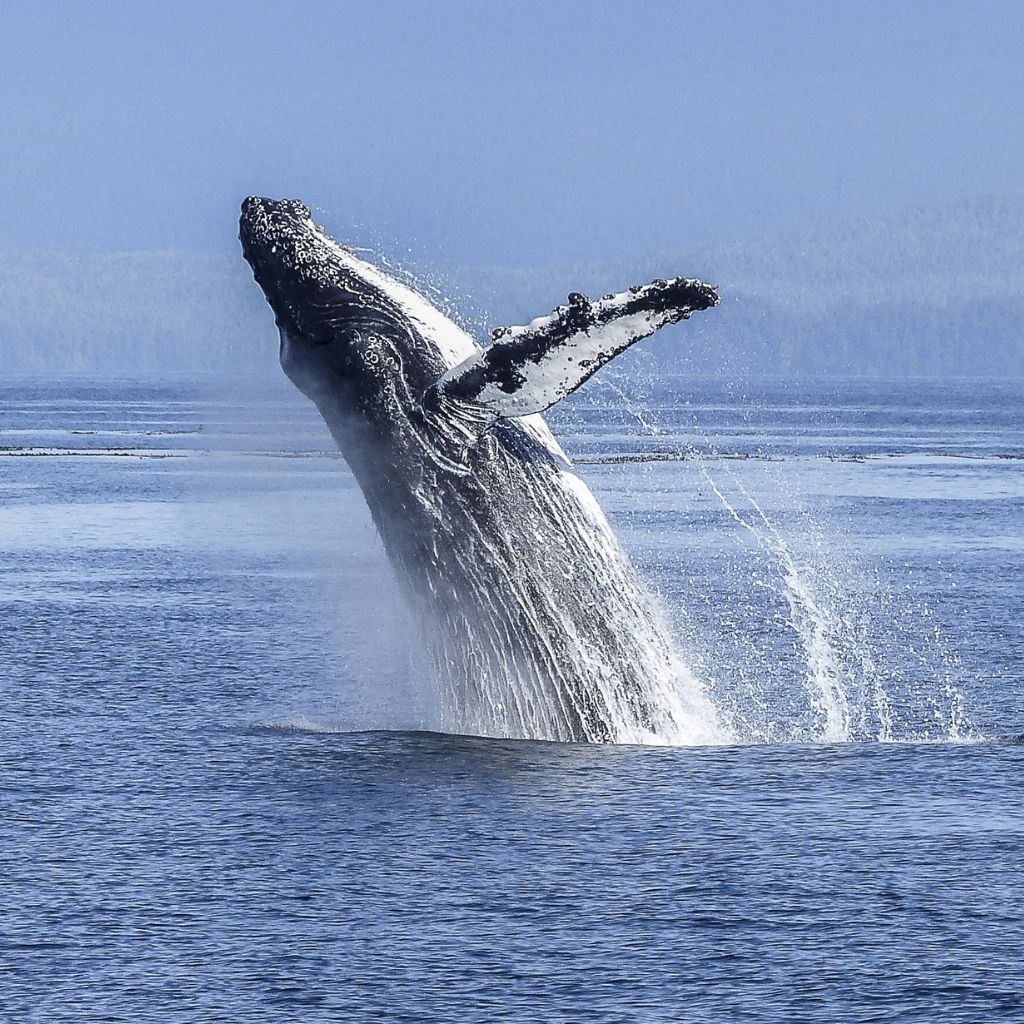
3. Sea lions
Sea lions are a popular wildlife sighting in Alaska. The Steller’s sea lion and the California sea lion are the two sea lion species native to the state.
Sea lions are common on rocky islands off the coast and in coastal areas. They live in colonies, and females and their young stay together while males migrate to other areas. Sea lions eat a variety of prey, including fish, octopus, and squid. They are an important part of the Alaskan ecosystem, helping to keep prey populations in check.
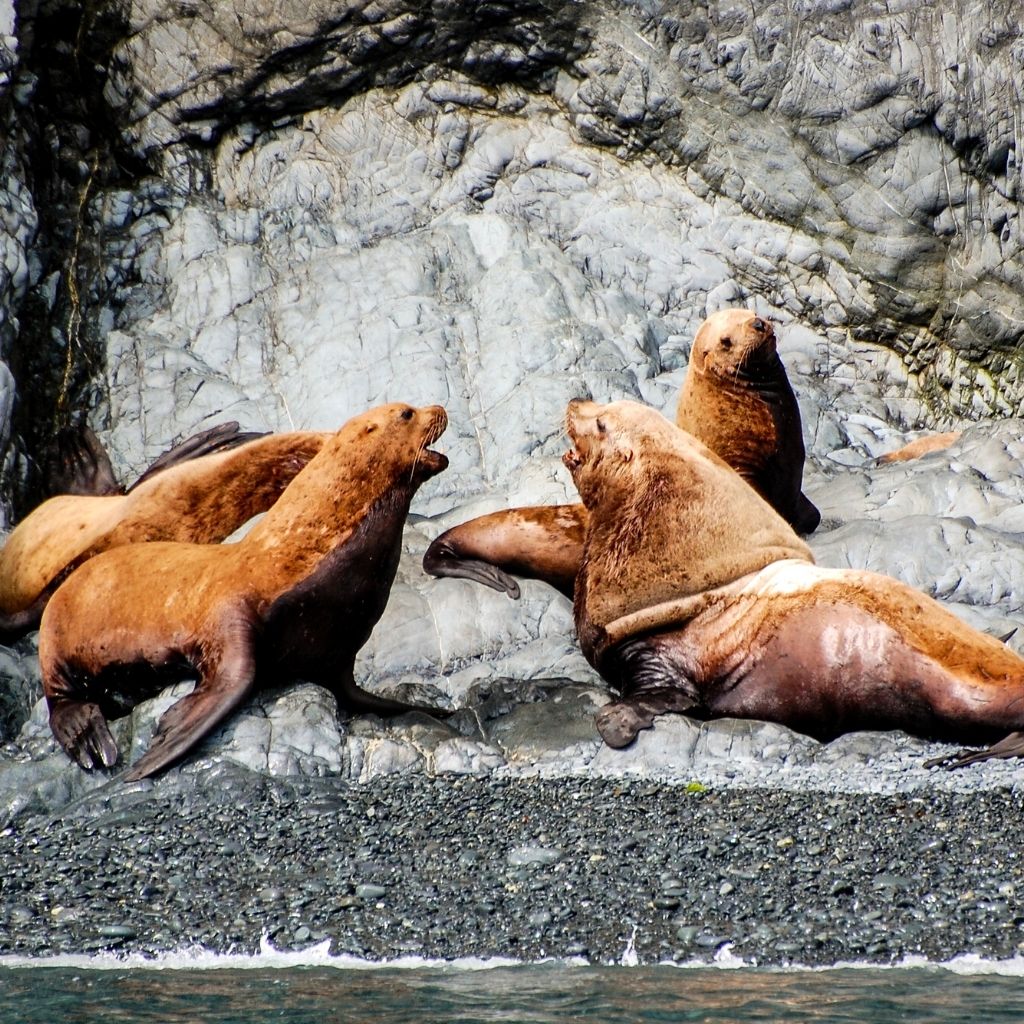
4. Walrus
Walruses are marine mammals that live in the Arctic Ocean. They are the largest members of the seal family and can weigh up to 2,500 pounds. Walruses eat a variety of prey, including fish, octopus, and squid.
Walruses live in colonies and use their tusks to dig into the ice to get to their food. They can also dive up to 300 feet below the surface of the water to catch prey. Walrus populations have been declining in recent years due to habitat destruction and climate change.
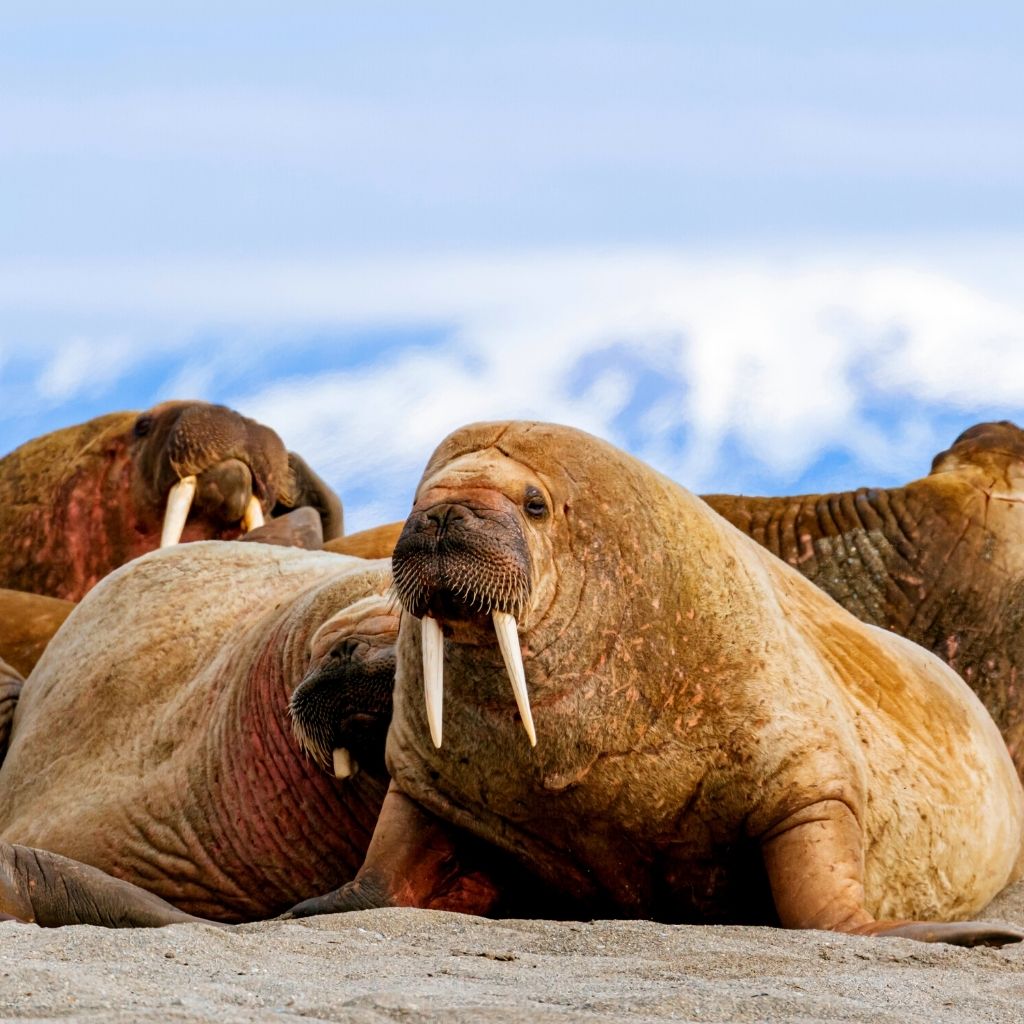
Birds
Birds are also plentiful in Alaska and include bald eagles, golden eagles, ptarmigans, sandhill cranes, and geese. Alaska is home to over 300 different species of birds. Bird watching is a popular activity for wildlife watchers in Alaska. There are many places in the state where you can see a variety of birds in their natural habitats.
- Bald Eagle
The bald eagle is the national bird of the United States. Alaska is home to this large, predatory bird. Bald eagles live near rivers, lakes, and coastlines. They eat a variety of prey, including fish, rodents, and birds.
Americans consider bald eagles a threatened species. The main threats to their populations are habitat destruction and hunting. There are about 30,000 bald eagles in Alaska.
Bald eagles mate for life and build large nests made of sticks and branches. Nests can be up to 10 feet wide and 6 feet deep. The female bald eagle lays 2-4 eggs, which both parents help to incubate.
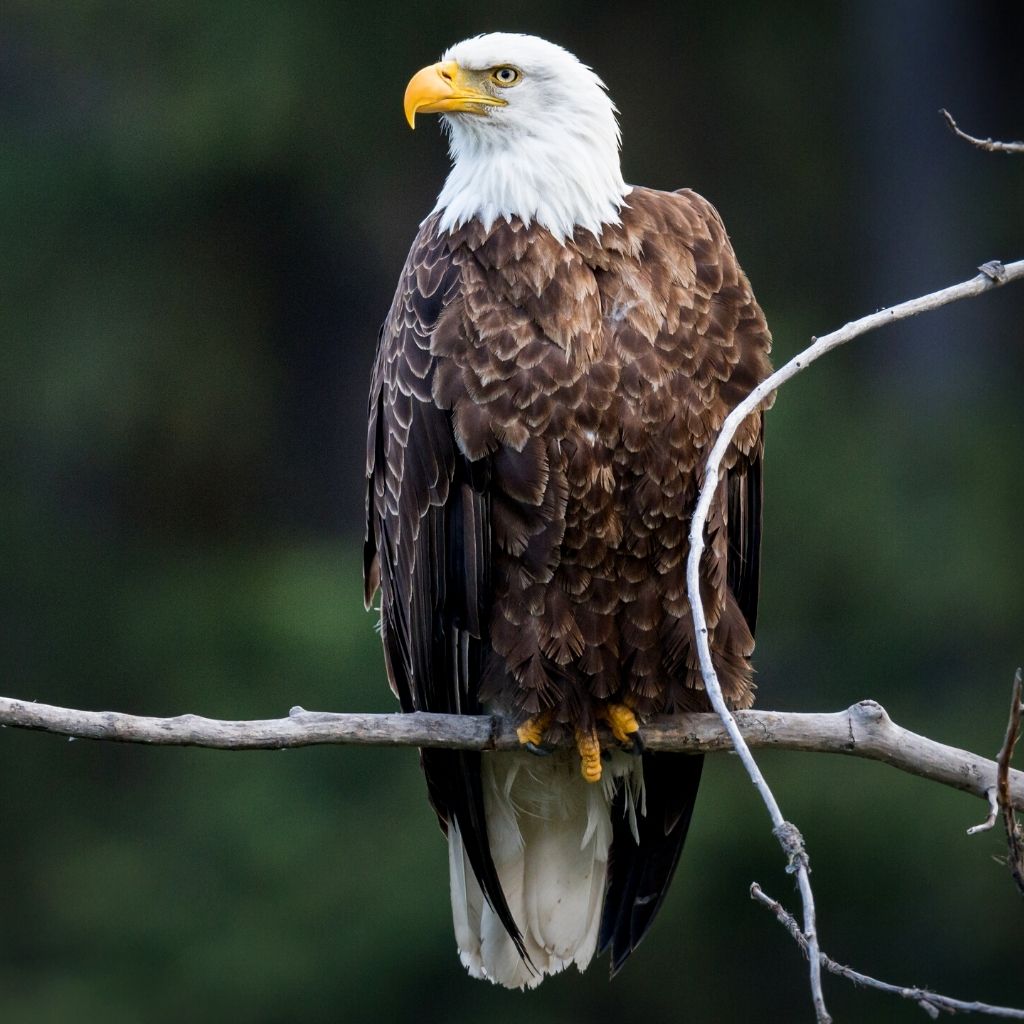
- Geese
Alaska is home to many different types of geese. Some of the most common species include the Canada goose, the tundra swan, and the snow goose.
Alaska is also home to migratory geese during the winter months. They live in marshy areas near water and eat a variety of prey, including grasses, seeds, insects, and fish.
The population of geese in Alaska has been growing in recent years. There are now over 1 million geese in the state. The main threats to their populations are hunting and habitat destruction.
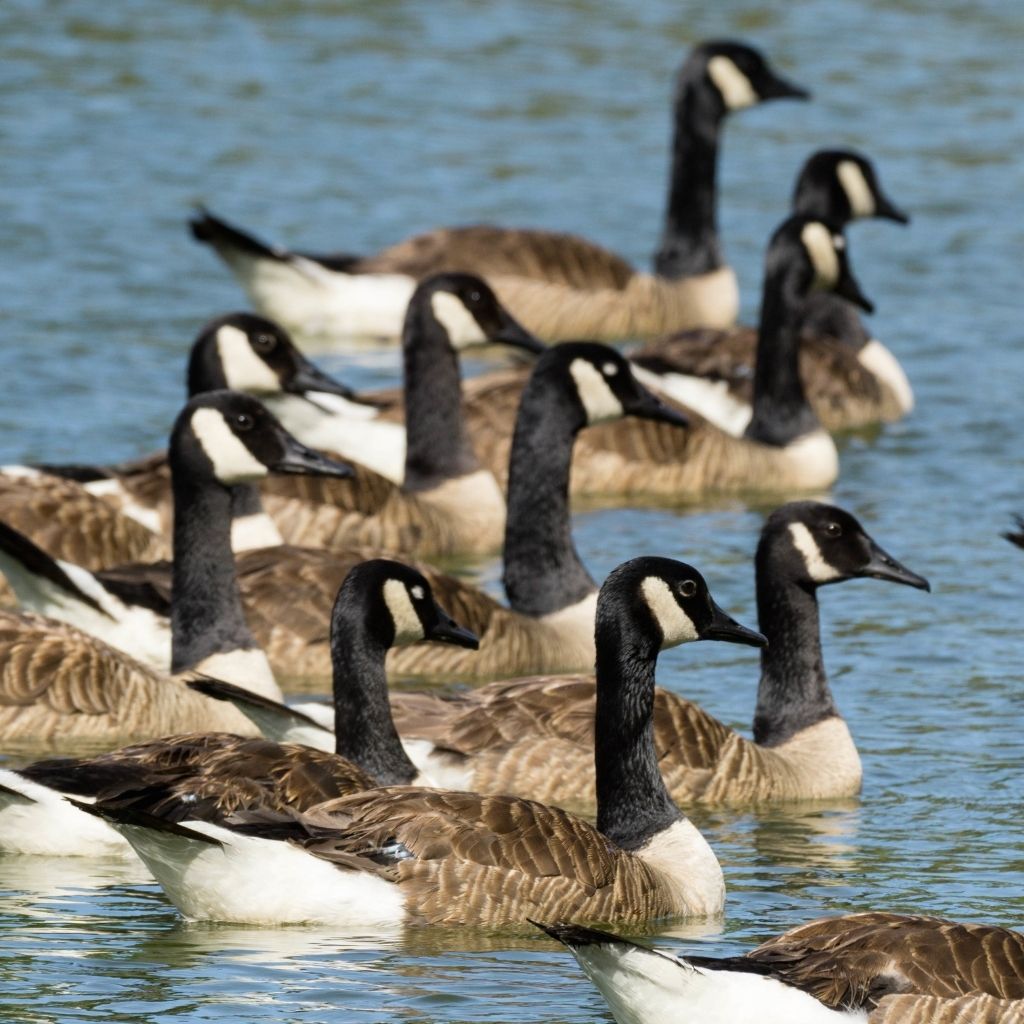
Conclusion
There are many great places to see wildlife in Alaska. One of the most popular destinations is the Kenai Peninsula, where you can watch brown bears fishing for salmon in the Kenai River. Another good spot is Denali National Park, which is home to grizzlies, caribou, moose, and Dall sheep. If you’re looking for a chance to see orcas, humpback whales, and dolphins, head to Prince William Sound or glacier bay national park.
Whether you’re a wildlife enthusiast or just looking for a chance to see some amazing animals in their natural habitats, Alaska is a great place to visit.
Disclaimer:
This blog may contain affiliate links. At no extra cost to you, we may get a small commission if you buy anything. All products and services we endorse have been personally used or come highly recommended to us. These incomes allow us to keep the community supported and ad-free.

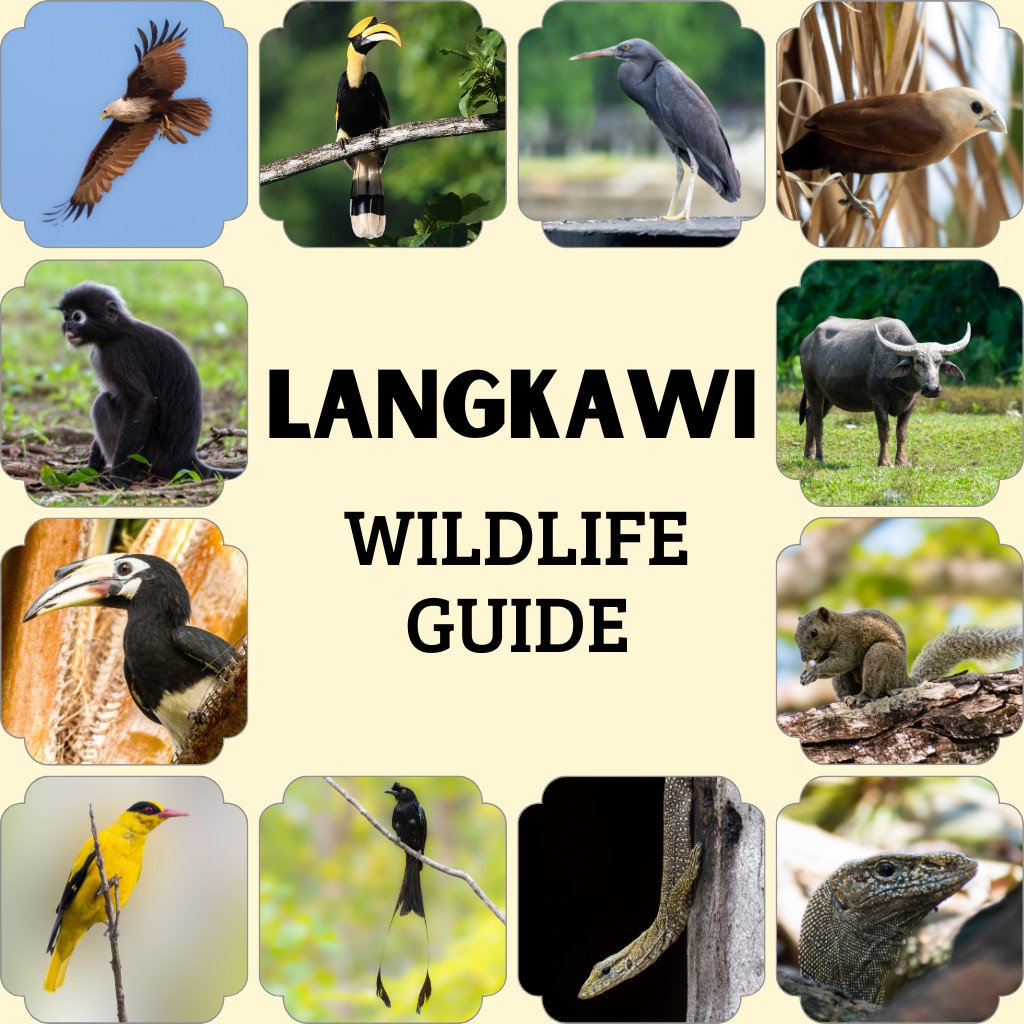

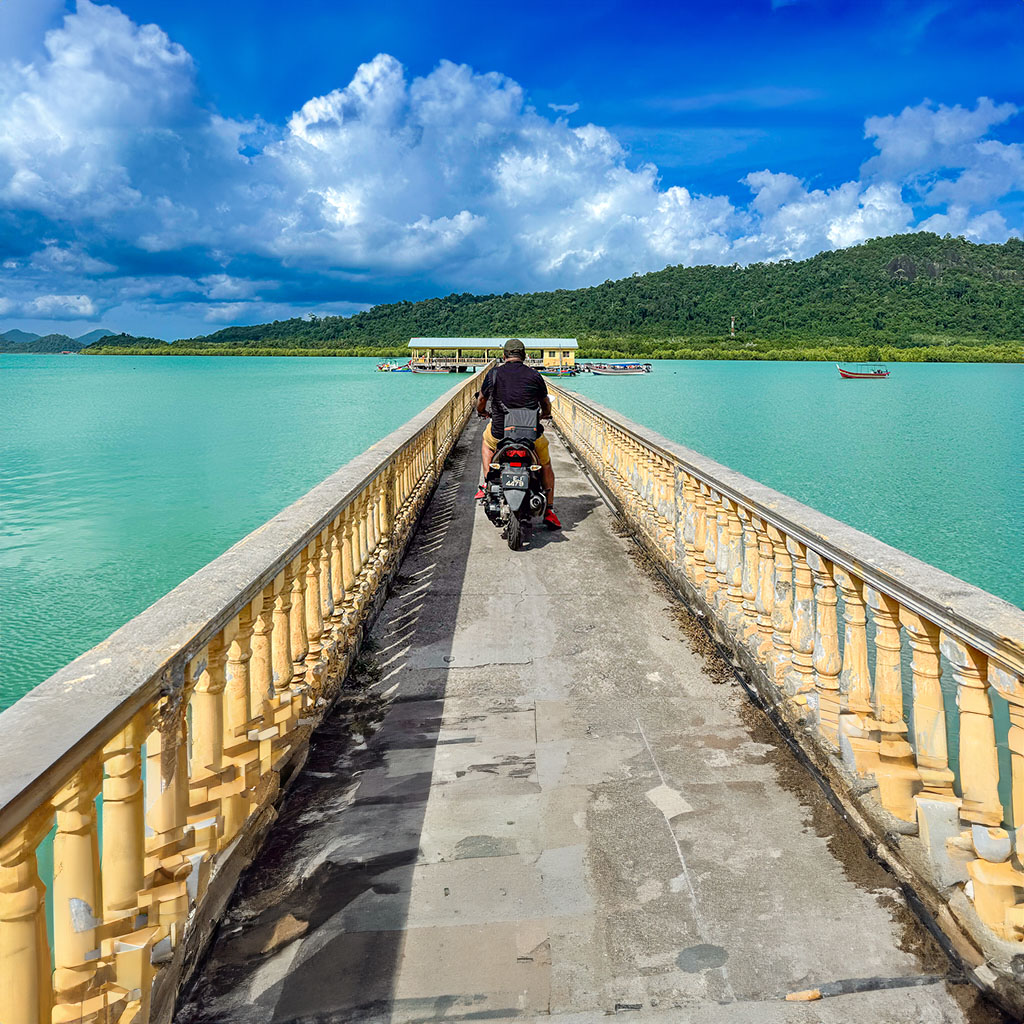

Add a Comment